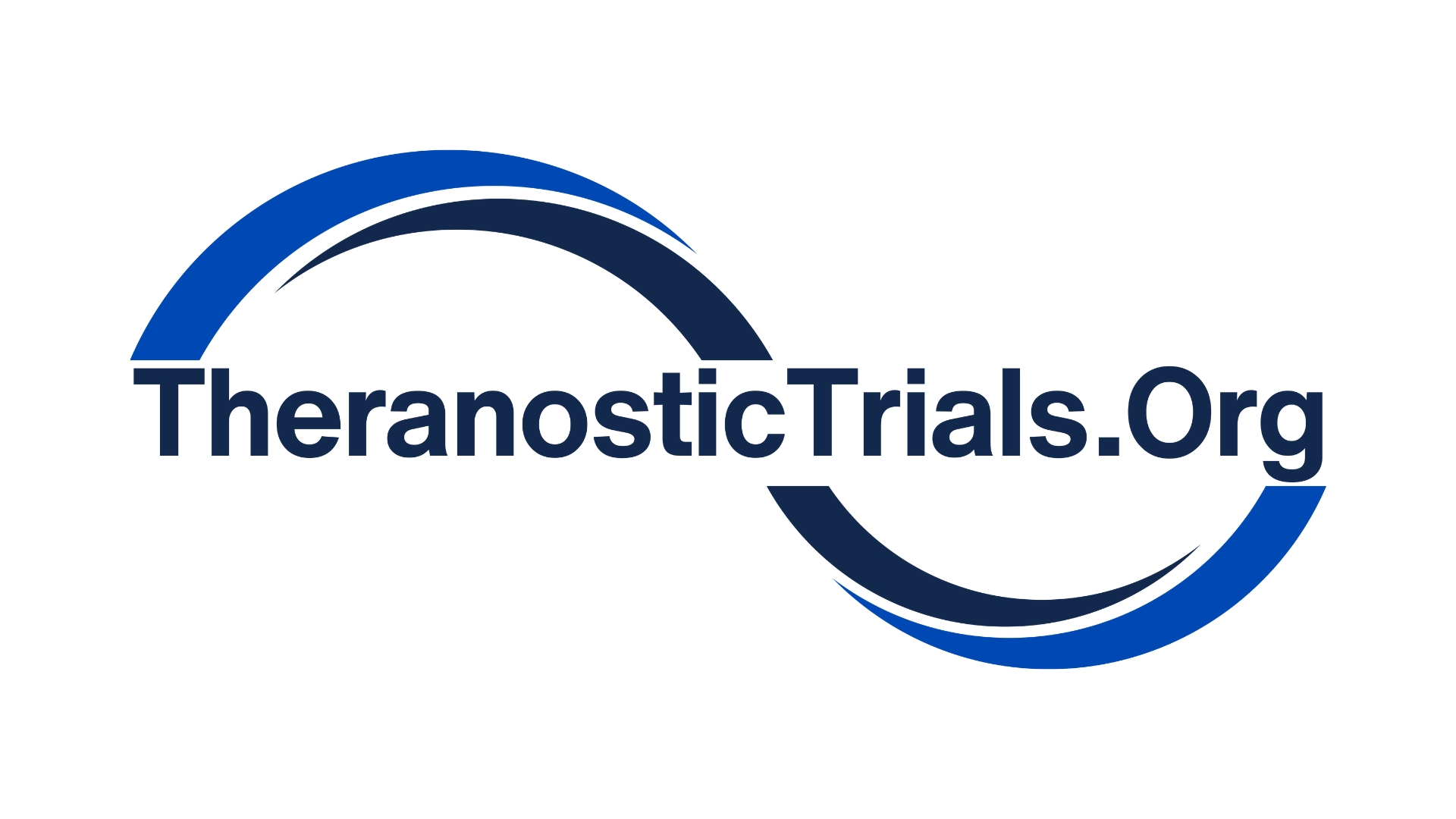Diagnostic & Theranostic Radiopharmaceutical Services
We understand the special nature of diagnostic & therapeutic radiopharmaceuticals and the organizations that are championing them on behalf of patients.
The Facet Life Science team has more experience with radiopharmaceutical products than any services provider.
We provide:
- Strategic program guidance and support for new drugs, 505(b)(2) products, and generics
- In-house nonclinical, chemistry, and clinical scientific expertise
- US Agent and FDA meeting support
- IND and NDA document authoring with the FDA reviewer in mind
- Document review for scientific accuracy and compliance
- eCTD preparation and submission
- Authoring of breakthrough designation/orphan designation requests and user fee waivers
- Pre-approval inspection readiness evaluation and support
and have experience with:
- Drugs and biologics
- Medical devices
- Combination products
One of our guiding principles is to help you leverage your data and the data in the public domain to secure FDA approval for your radiopharmaceutical quickly and inexpensively.
PET Radiopharmaceutical Development: 3 Key FDA Guidances for Nonclinical and Clinical Development that all PET Radiopharmaceutical Developers Should Read
Per Section 121(c)(1)(A) of FDAMA, positron emission tomography (PET) radiopharmaceutical products are governed by the same FDA regulations as other drug and biological products. To aid PET radiopharmaceutical manufacturers, FDA has put forth 3 final guidances that provide specific recommendations on nonclinical and clinical aspects of PET radiopharmaceutical product development for the diagnosis and/or monitoring of disease. Each guidance is listed below and a brief summary of the contents of the guidance are noted.
Guidance for Industry Developing Medical Imaging Drug and Biological Products: Part 1: Conducting Safety Assessments (2004)
This guidance provides a high-level guideline as well as detailed information for the PET manufacturer to consider with respect to the evaluation of safety of medical imaging agents. It addresses topics like mass dose, route of administration, frequency of use (usually single dose), and biological/physical and effective half-lifes. It also provides a detailed description of the kinds of nonclinical safety assessments are likely to be required and the timing of those assessments to support an IND. It delves into safety margins and how to determine a starting dose in humans based on nonclinical safety data.
Guidance for Industry Developing Medical Imaging Drug and Biological Products: Part 2: Clinical Indications (2004)
The purpose of this guidance is to help PET manufacturers select and study appropriate clinical indications for medical imaging agents. Specifically, FDA accepts labeled indications for medical imaging agents within 4 general categories: Structure delineation; disease or pathology detection or assessment; functional, physiological, or biochemical assessment; and diagnostic or therapeutic patient management. The characteristics of each category are described in detail, and recommendations are provided for clinical trial designs that should be used to establish clinical effectiveness and clinical usefulness for each indication.
Guidance for Industry Developing Medical Imaging Drug and Biological Products: Part 3: Design, Analysis, and Interpretation of Clinical Studies (2004)
This guidance provides high-level as well as detailed information to PET manufacturers on clinical trial designs for establishing the efficacy and clinical utility of medical imaging agents. Recommendations are made regarding clinical trial endpoints, image conditions and image evaluation, establishing a truth standard, selecting control group(s), and statistical methodology. This guidance is a must read for any PET radiopharmaceutical manufacturer who is conducting clinical trials with an eye toward product registration.
If you have any questions about the content or interpretation of these guidances for your diagnostic & therapeutic radiopharmaceutical product development, contact Facet Life Sciences.
AWARDS & RECOGNITION








gET sOCIAL